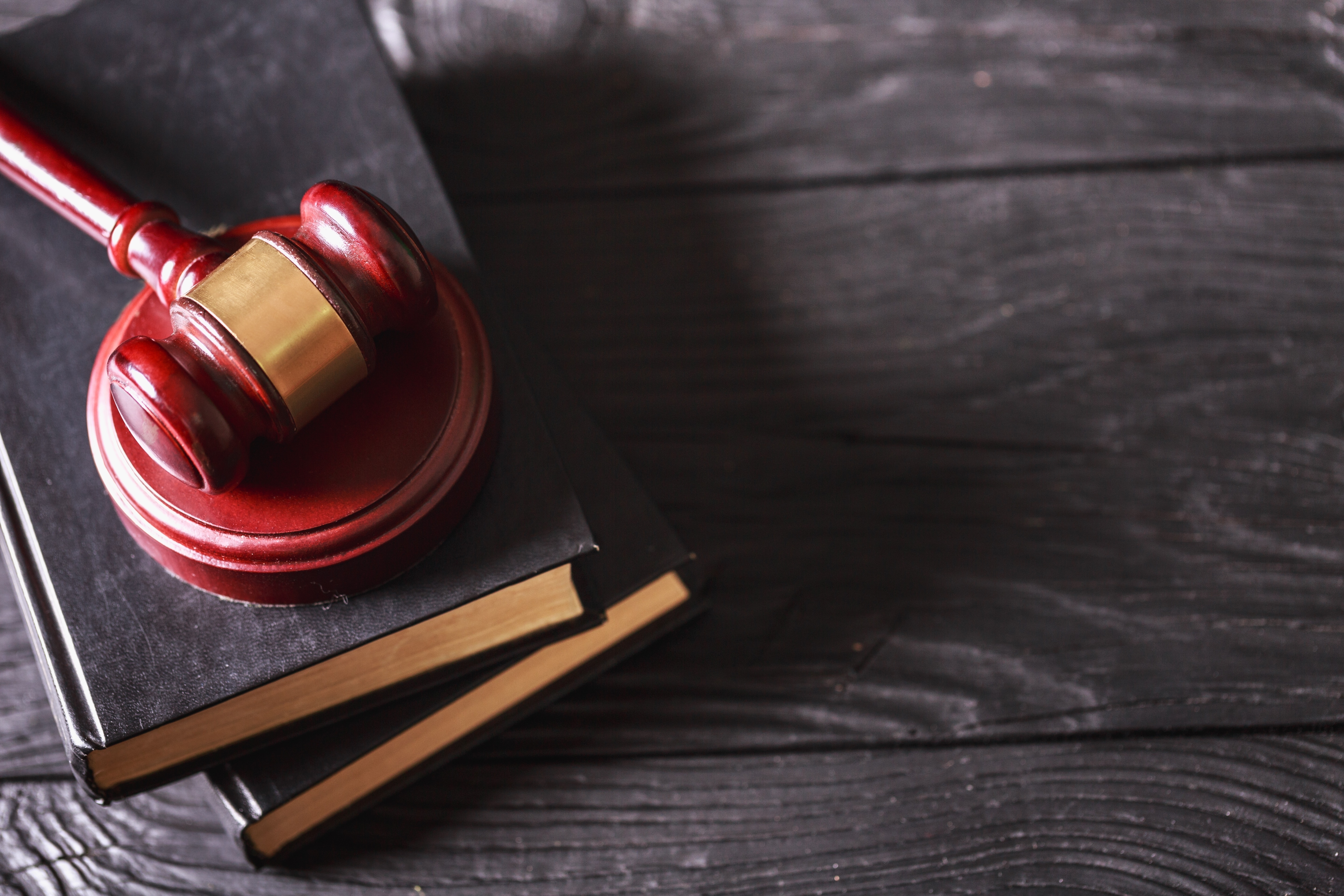Truth in Damages
Truth in Damages
Florida’s Growing Effort to Curb Frivolous Lawsuits and Excess Judgments
According to the U.S. Chamber of Commerce Institute for Legal Reform, Florida’s tort liability system ranks 46th out of 50[1] while the American Tort Reform Foundation’s 2018 annual report ranks Florida as the second-worst “judicial hellhole.”[2] Recently, the Florida Legislature has undertaken efforts to improve Florida’s reputation and curb frivolous lawsuits and excess judgments. One of the many factors contributing to Florida’s unfavorable judicial reputation is how damages are calculated and presented to juries in personal injury lawsuits.
At common law, the collateral source rule prohibits courts from reducing damages for benefits a plaintiff received from sources such as insurance or applied discounts and prohibited the introduction of evidence of collateral sources because of the belief that juries would be misled if they were not able to see the total amount billed. Effectively, under the collateral source rule, an injured plaintiff could recover the full value of medical services billed even if they did not and never would actually pay the full amount.[3]
In an effort to reform the collateral source rule, in 1986 the Florida Legislature enacted the Tort Reform and Insurance Act. The 1986 law requires courts to “set-off” the total amount of all collateral sources received by plaintiff except where a right of reimbursement or subrogation exists. Still, evidence of collateral source payments cannot be presented to the jury; rather, judgments are reduced by the court post-verdict.[4]
While the Tort Reform and Insurance Act was one step in the right direction for tort reform advocates, the practice of allowing plaintiffs to “board” total amounts billed while prohibiting the defense from introducing evidence of discounts or write-offs of medical bills remains problematic. While a judge can “set off” the amount actually paid and reduce the judgment, thereby reducing the amount actually awarded to a plaintiff, presenting evidence of amounts billed rather than amounts actually paid can inject confusion for the jury and cause prejudice to defendants. Further, many providers abuse letters of protection, which are used to defer payment for treatment until the plaintiff recovers damages. Letters of protection can artificially inflate the total amount “owed” by plaintiff—the valuation of the medical bills under letters of protection may not accurately reflect usual and customary rates or what the plaintiff could expect to pay out of pocket.[5] Jurors may then conclude that the plaintiff’s damages are more severe than they truly are and may use past billed medical expenses as a scale to gauge awards of future medical expenses and noneconomic damages like pain and suffering.[6]
During the most recent legislative session, HB 17 was introduced in the Florida House of Representatives, which would have ensured that plaintiff’s awards are based on objective benchmarks rather than solely on the amount billed by the provider. If HB 17 had passed, the “Truth in Damages” legislation would have modified the recoverable damages in a tort action by requiring medical damages to be based on accurately and fairly calculated amounts as opposed to total amounts billed.[7] In cases where plaintiffs were treated under letters of protection, the bill would require the admission of evidence of the usual and customary rates for such services and procedures.[8] While HB 17 died on calendar in May, the Florida Chamber of Commerce and other advocates have signaled that they intend to renew efforts to pass the legislation during the next legislative session.[9]
Proponents of bills like HB 17 have vowed to re-introduce tort reform legislation such as Truth in Damages legislation during the next legislative session in 2020.[10] Truth in Damages legislation, if passed, would remove some unfair prejudice towards defendants in personal injury cases, create an objective standard by which damages are calculated, and curb abuse of letters of protection.
[1]Institute for Legal Reform, Ranking the States: A Survey of Fairness & Reasonableness of States Liability Systemshttps://www.instituteforlegalreform.com/uploads/pdfs/2019_Harris_Poll_State_Lawsuit_Climate_Ranking_the_States.pdf (last visited October 25, 2019).
[2]American Tort Reform Foundation, Judicial Hellholes, http://www.judicialhellholes.org/wp-content/uploads/2018/11/judicial-hellholes-report-2018-2019.pdf (last visited October 24, 2019)
[3] Restatement (Second) of Torts § 920A (1979).
[4]Robert E. Gordon & Justin Linn, Goble, Thyssenkrupp, and the Collateral Source Rule: Resolving the Ongoing Conflict, 84 Fla. B.J. 18 (2010).
[5] Caroline C. Pace, Tort Recovery for Medicare Beneficiaries: Procedures, Pitfalls and Potential Values, 49-APR Hous. Law. 24, 27 (2012).
[6] House of Representatives Staff Analysis, H.R. 17 (March 8, 2019) https://www.flsenate.gov/Session/Bill/2019/17/Analyses/h0017a.CJS.PDF
[7] Id.
[8] H.R. 17, Fla. House of Rep. (2019).
[9]Florida Record, Legal reformers to push for ‘truth in damages’ legislation to ensure claimed medical expenses are legit, 2019, https://flarecord.com/stories/513182006-legal-reformers-to-push-for-truth-in-damages-legislation-to-ensure-claimed-medical-expenses-are-legit (last visited Oct 24, 2019).
[10] Mark Wilson & Harold Kim, Florida moving in right direction to end decades of lawsuit abuse by billboard trial lawyers, Sun Sentinel, 2019, https://www.sun-sentinel.com/opinion/commentary/fl-op-com-wilson-kim-florida-lawsuit-climate-change-20191022-dnmv5f2k2vbvha6gnyi5mcx3de-story.html (last visited Oct 25, 2019).







